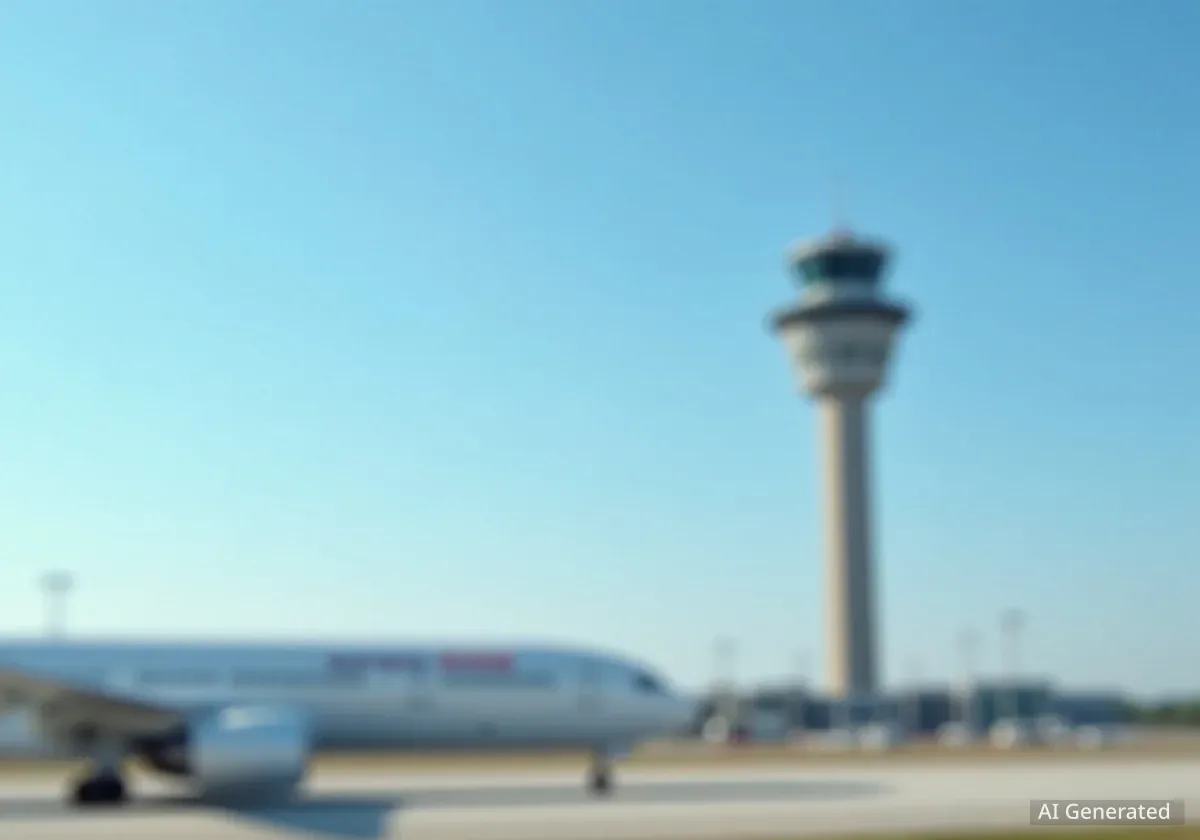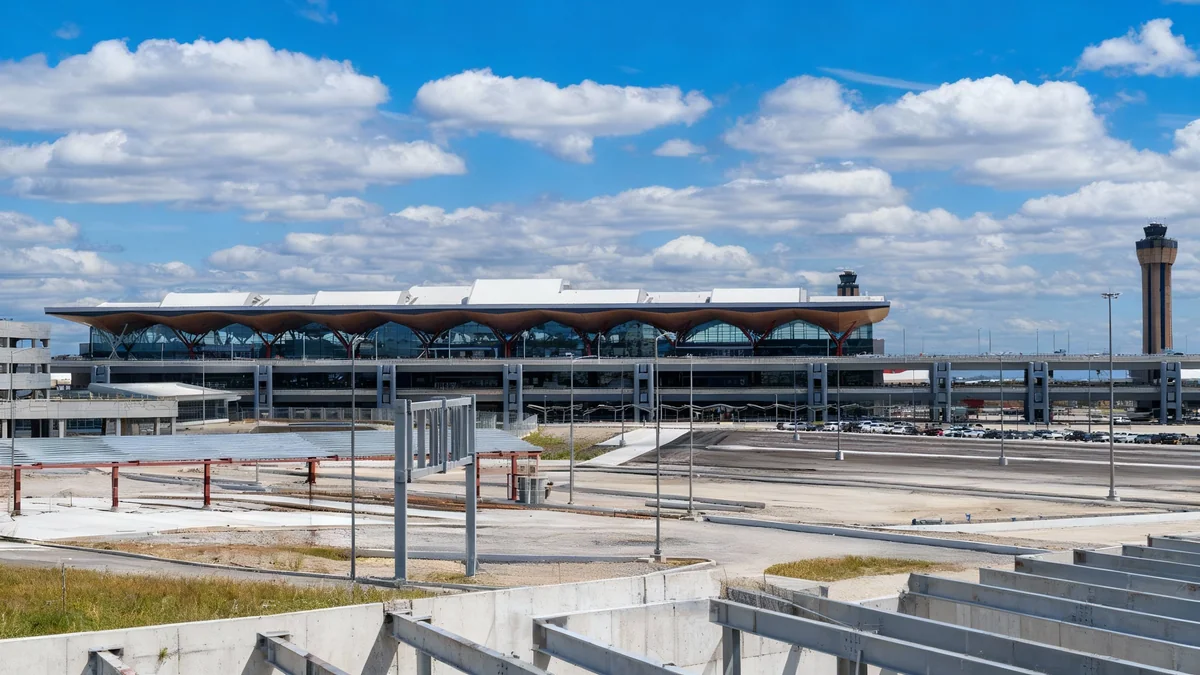The Federal Aviation Administration (FAA) announced Sunday it is lifting all commercial flight restrictions that affected 40 major U.S. airports during the recent government shutdown. Airlines can now resume their full, regular flight schedules starting Monday at 6 a.m. EST, signaling a return to normal operations for air travelers.
This move concludes a period of significant disruption for the aviation industry and passengers alike. The restrictions were initially put in place due to growing staffing shortages among air traffic controllers, who worked without pay during the 43-day federal impasse.
Key Takeaways
- All flight restrictions at 40 major U.S. airports are lifted as of Monday, 6 a.m. EST.
- The FAA had imposed these limits due to air traffic controller staffing shortages during the government shutdown.
- Cancellations peaked on November 9, with over 2,900 flights cut.
- The agency is reviewing reports of non-compliance by carriers during the restriction period.
- Airlines anticipate a rebound in operations, especially for the upcoming Thanksgiving travel period.
Restrictions Imposed Due to Staffing Shortages
The FAA's decision to impose flight limits was unprecedented. It came after the government shutdown, which lasted for a record 43 days, severely impacted federal agencies. Air traffic controllers, deemed essential personnel, continued working without receiving their paychecks.
Transportation Secretary Sean P. Duffy and FAA Administrator Bryan Bedford made the announcement in a joint statement. They had previously cited significant safety concerns as the primary reason for the restrictions. These concerns grew as staffing levels at air traffic control facilities became critical.
Important Fact
The flight restrictions were in effect since November 7. They initially started at a 4% reduction in flights, later increased to 6%, and were rolled back to 3% on Friday as staffing improved.
Impact on Major Hubs
The affected airports included some of the nation's busiest travel hubs. Major cities like New York, Chicago, Seattle, Los Angeles, and Atlanta experienced significant reductions in air traffic. This led to thousands of flight cancellations and delays across the country.
On November 9, flight cancellations reached their highest point. More than 2,900 flights were cut on that day alone. This was due to the FAA order, ongoing controller shortages, and adverse weather conditions in various regions.
Transportation Secretary Sean Duffy previously stated that worrisome safety data showed the move was necessary to ease pressure on the aviation system and manage worsening staffing shortages.
Improving Conditions and Future Outlook
Conditions began to improve as the week progressed. More air traffic controllers returned to work following news that Congress was nearing a deal to end the shutdown. This progress also led the FAA to halt plans for further flight rate increases, which had initially aimed for a 10% reduction.
The agency's statement also mentioned a review of potential non-compliance by carriers. "The agency is reviewing and assessing enforcement options," the statement read, though it did not offer further details on specific instances or potential penalties.
Background Information
Air traffic controllers were among the federal employees who continued to work without pay during the shutdown. They missed two paychecks during the federal impasse, creating financial hardship for many and raising concerns about their morale and potential impact on safety.
Safety Concerns and Data
Secretary Duffy had not publicly shared the specific safety data that prompted the flight cuts. However, he cited various reports during the shutdown. These included instances of planes getting too close in the air, an increase in runway incursions, and pilot concerns regarding controllers' responses.
These incidents underscored the critical nature of sufficient staffing and well-rested personnel in ensuring aviation safety. The FAA's actions aimed to mitigate these risks by reducing the overall workload on the system.
Airlines Optimistic for Thanksgiving Travel
Airline leaders have expressed optimism about the quick rebound of operations. They hope to restore full service in time for the busy Thanksgiving travel period. The lifting of restrictions provides a crucial window for airlines to stabilize their schedules and prepare for the influx of holiday travelers.
The immediate lifting of these restrictions is a significant relief for both the industry and the traveling public. It marks a step towards recovery after a challenging period for U.S. air travel.
- Key Airports Impacted: New York, Chicago, Seattle, Los Angeles, Atlanta.
- Duration of Restrictions: November 7 until Monday, 6 a.m. EST.
- Peak Cancellations: Over 2,900 flights on November 9.
- Reason for Restrictions: Air traffic controller staffing shortages during government shutdown.
The full resumption of flights will help alleviate passenger frustrations and financial losses for airlines. It also allows air traffic control facilities to operate under more normal conditions as federal employees receive their delayed pay.





